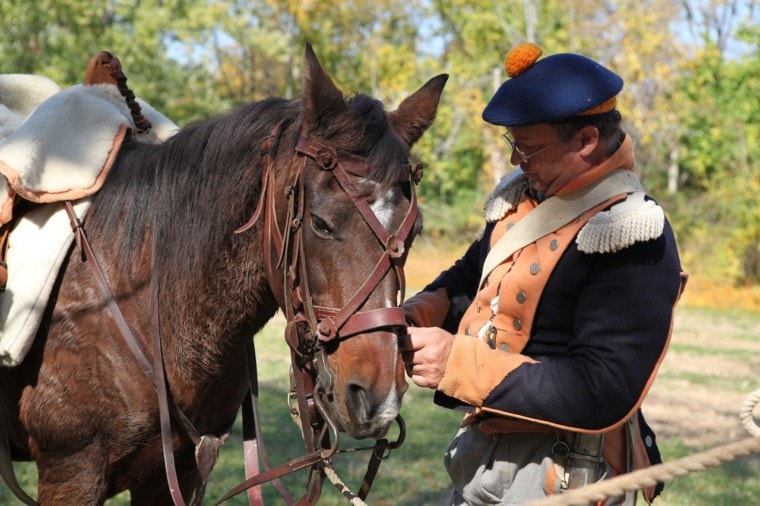
Still used in limited armed situations, horses have long accompanied soldiers and fighters onto the battlefield. The choice of horse has varied from the agile and nimble breeds capable of lightning-quick strikes to the predecessors of draft horses that were capable of carrying fully equipped knights and their armor into the battlefield. Although the role of the war horse is somewhat forgotten, they deserve a place in the history books.
Below are 11 breeds of war horse, some of which are extinct and some of which remain popular today, although horses are not deployed on the battlefield anywhere near as often as they once were.
The 11 War Horse Breeds:
1. Friesian
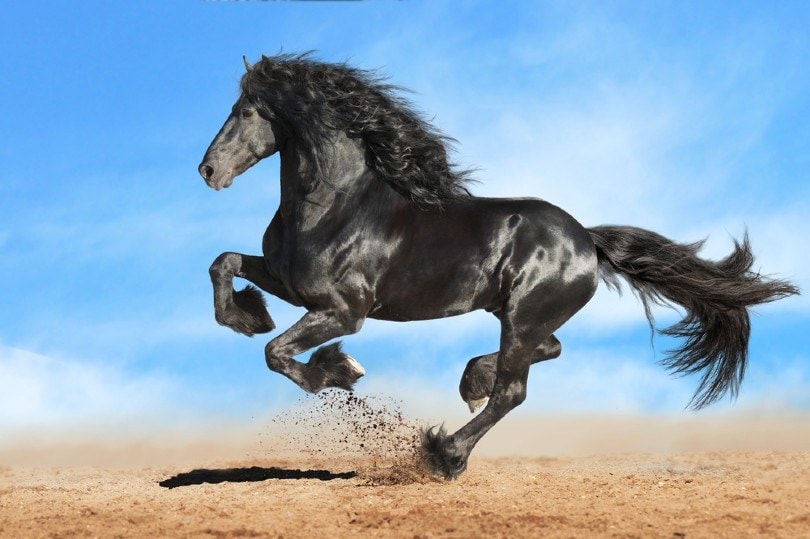
The Friesian is an ancestor of the Destrier, commonly revered as the archetypal war horse. While the Destrier no longer exists, the Friesian is now a popular horse for dressage and riding.
The breed originates from the Friesland region of the northern Netherlands. After being taken to England by Roman riders, it became a popular horse in medieval times, when it carried knights to battle. The popularity of the breed soon dwindled after the Middle Ages and it is believed that, at one point, only two of the breed existed. Fortunately, they were a male and female and were caught and bred back.
2. Andalusian
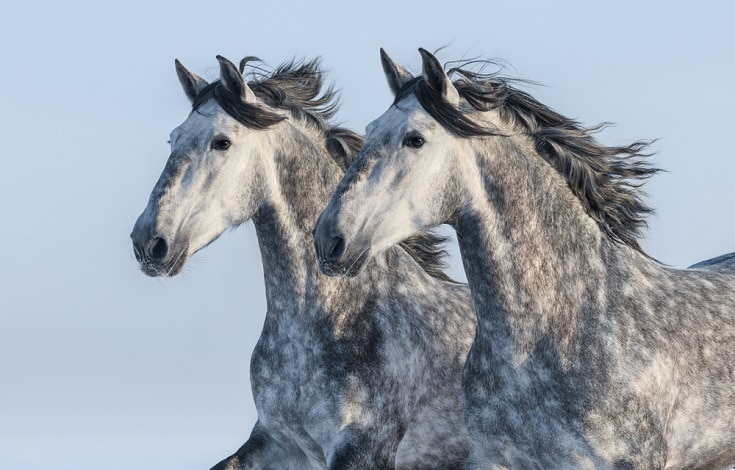
The Andalusian has long been a popular breed of horse, and its noble looks and graceful manner ensure that it remains as popular today as it was when carrying royalty and noblemen into battle in the 16th Century.
Originating from Spain and claiming the Iberian horse as its ancestors, the Andalusian was popular with royalty including French king Louis XIV and English King Henry VIII. Both the French and English forces deployed this breed as cavalry horses. Today, they are used for dressage and eventing and are popular in films and TV series because of their elegant looks.
3. Arabian
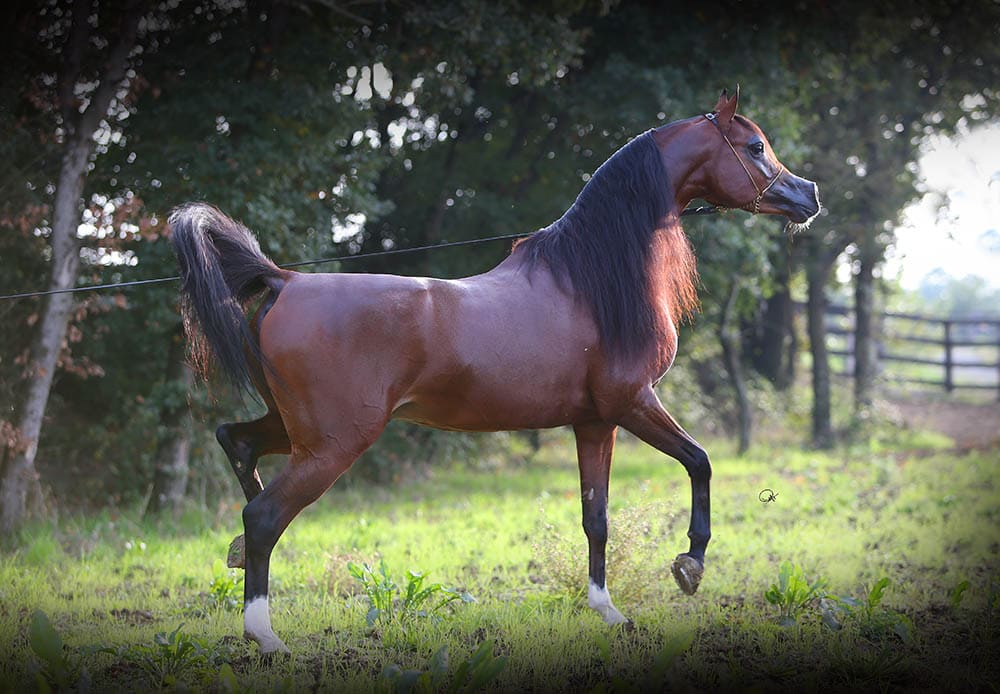
The Arabian horse looks fragile but is lightning quick and surprisingly tough. They have been used as coursers for thousands of years, initially originating from Ancient Egypt. Its popularity spread through Greece, Rome, and the rest of Europe. They were used during the Muslim invasion and spread via the Ottoman Empire.
They have long been used to breed agility and speed into bulkier horse breeds, and they are widely considered one of the best modern breeds by those looking for a combination of stamina and agility.
4. Percheron
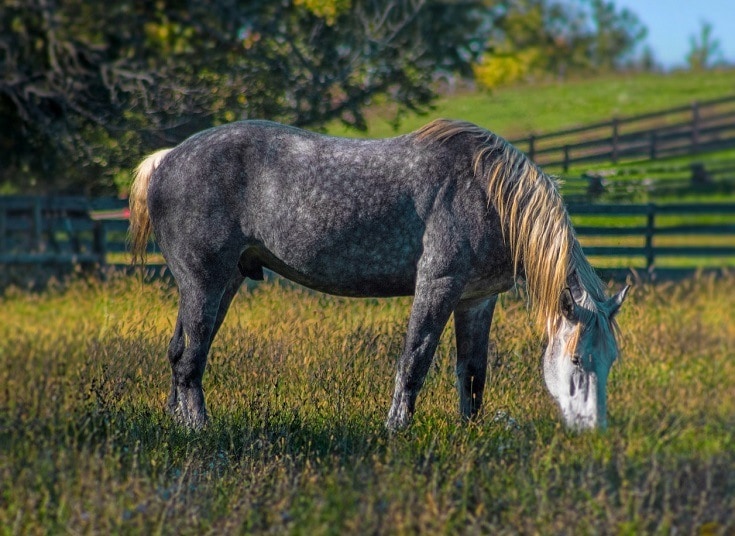
The large and strong Percheron was bred in Northwestern France, where it was pictured carrying knights into battle. It was used during the Late Middle Ages as part of the French heavy cavalry, but following this, they became popular for activities like coach pulling and agricultural work.
Today, they have become popular as a draft horse in the US, and they are even crossed with Thoroughbreds to create police horses and hunters.
5. Marwari
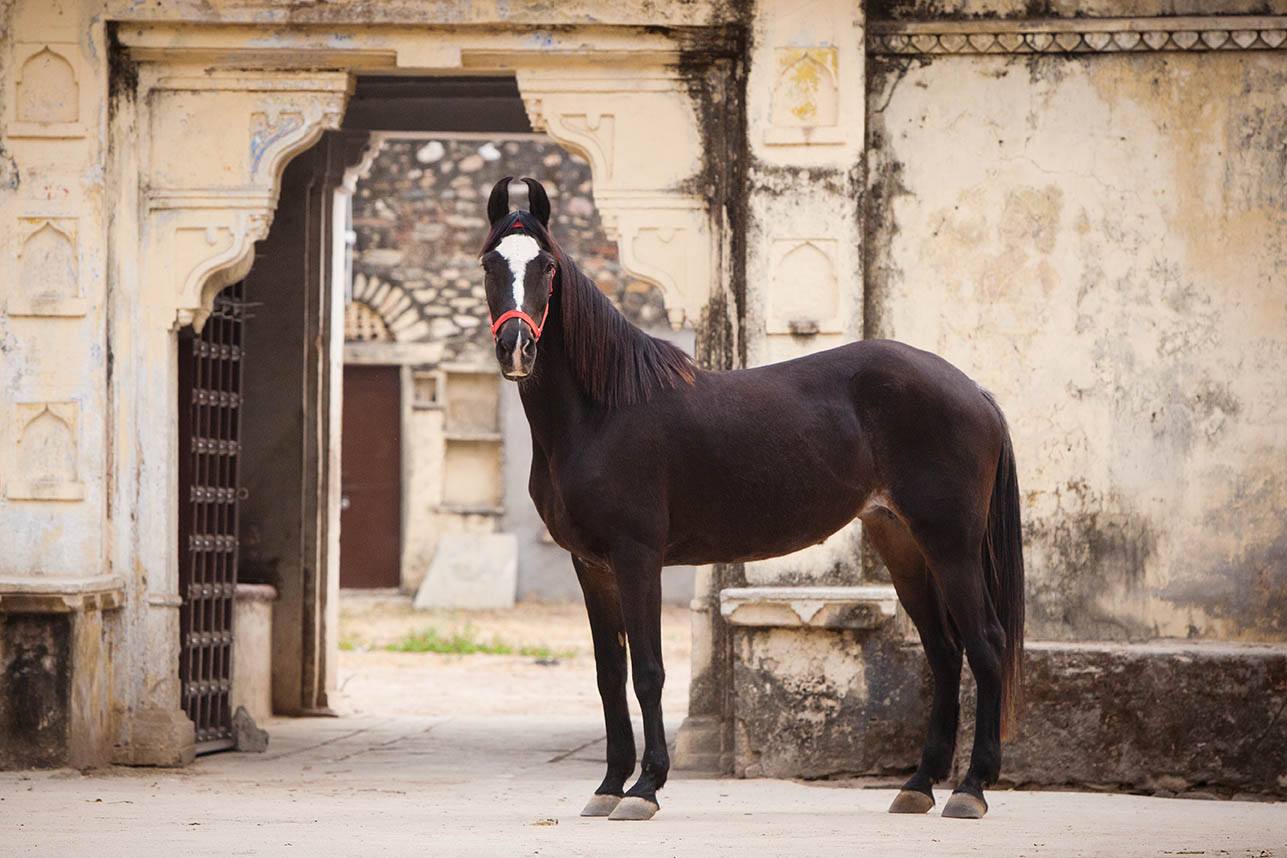
Since the Early Middle Ages, the Marwari horse has been used by the Indian cavalry. They are brave and incredibly agile, and it was this combination that saw the leader of the Marwar region amass a collection of 50,000 Marwari cavalry horses during the 16th century.
Today, the breed is rare, although they are crossed with larger Thoroughbred horses to give rise to polo and dressage animals. They are also used in shows and religious ceremonies.
6. Shire

The Shire is a giant breed that was once known as the English Great Horse for its prowess on the battlefield. King Henry VIII utilized them heavily in his cavalry and he successfully bred taller and larger Shires by banning the breeding of Shires that were shorter than 15 hands tall. The resulting horse could easily carry the substantial weight of a knight in full armor.
Today, the Shire is considered relatively rare but is used for heavy lifting and pulling, as well as for riding and some shows.
7. Mongolian Horse
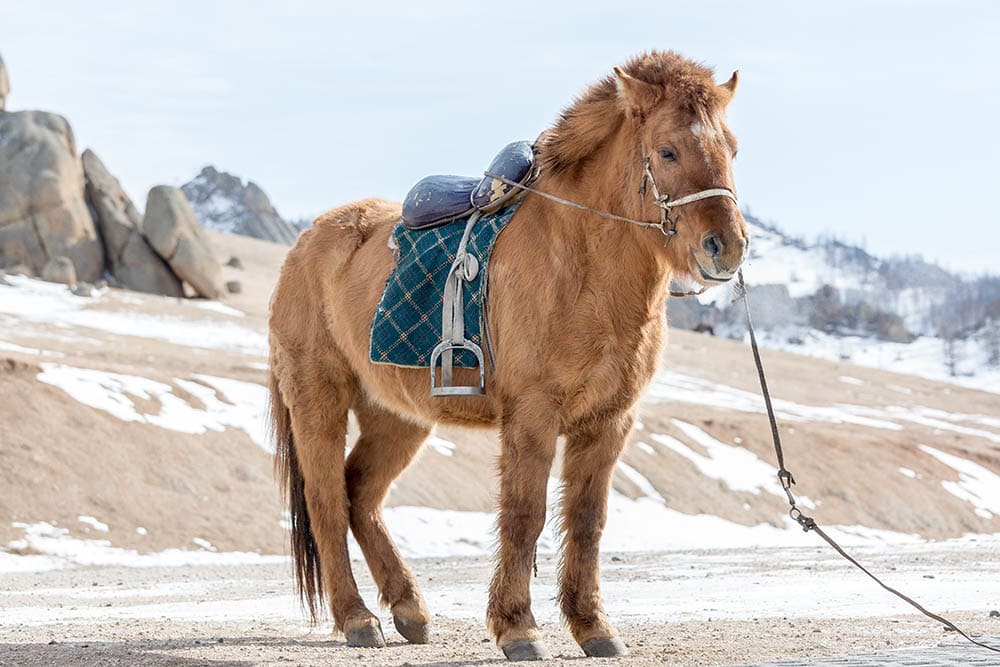
The Mongolian Horse has been a popular and highly effective Mongolian war horse for thousands of years. It was especially popular and used to great effect by Genghis Khan and his men. It excelled as a courser, which meant that it was agile, fast, and able to carry out attacks at great speed and in relative silence.
It remains a very popular breed, with several million of them alive today. It is used for transport, kept for its milk, and is still used for riding and racing.
8. Thessalian
Hailing from the Thessaly region of Greece, the Thessalian horse stood approximately 15 hands high. They are considered surprisingly short for their historical stature. Historically, the breed is best known for being the breed of Alexander the Great’s legendary horse, Bucephalus. So revered was the horse that after its death, Alexander founded the city of Bucephala.
Although it was widely accepted that the breed had become extinct, several examples of the Thessalian have been discovered, but they are extremely rare and very difficult to locate.
9. Destrier
The Destrier was the original ancestor to today’s draft horses. It was large and very strong, capable of carrying a fully armored and laden knight into battle, and still able to charge the enemy. The breed would have been brave and able to ignore the sound of banging armor and the fog of war. Destrier war horses were usually stallions, because they were naturally more aggressive, although this was dependent on country and rider.
The Destrier does not exist in its original form today.
10. Palfrey
Palfreys were also ridden by knights in the Medieval Ages, although they were more often used as transport than as war horses. They were smaller than Destriers and offered a smoother and more comfortable ride over long distances. Despite not being used in battle as often, they could cost as much as the highly revered Destrier war horse.
Strictly speaking, the Destrier, Palfrey, and Courser horses were not breeds as we understand them today, but were types of horse with shared characteristics. A Destrier could be thought of as a war horse, a Courser as a strike horse, and a Palfrey as long-distance transport.
11. Courser
The Courser was short, light, and extremely nimble. They were used as a highly mobile unit and were preferred to heavy cavalry horses for rapid strikes. These horses were ridden without armor and were often deployed for specific missions and quick attacks.
War Horse Breeds
People have long had an affinity to horses, and as well as using them for riding, racing, and eventing, they have been deployed to work in agriculture, transport, and a host of other fields. They are still used in terrain where it is impossible to get tanks and other vehicles, and in some developing countries, although most of the breeds were deployed hundreds or thousands of years ago on the battlefields.
Featured Image Credit: Pixabay








